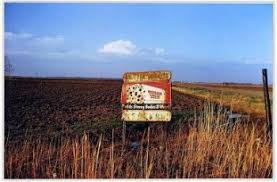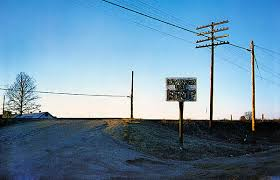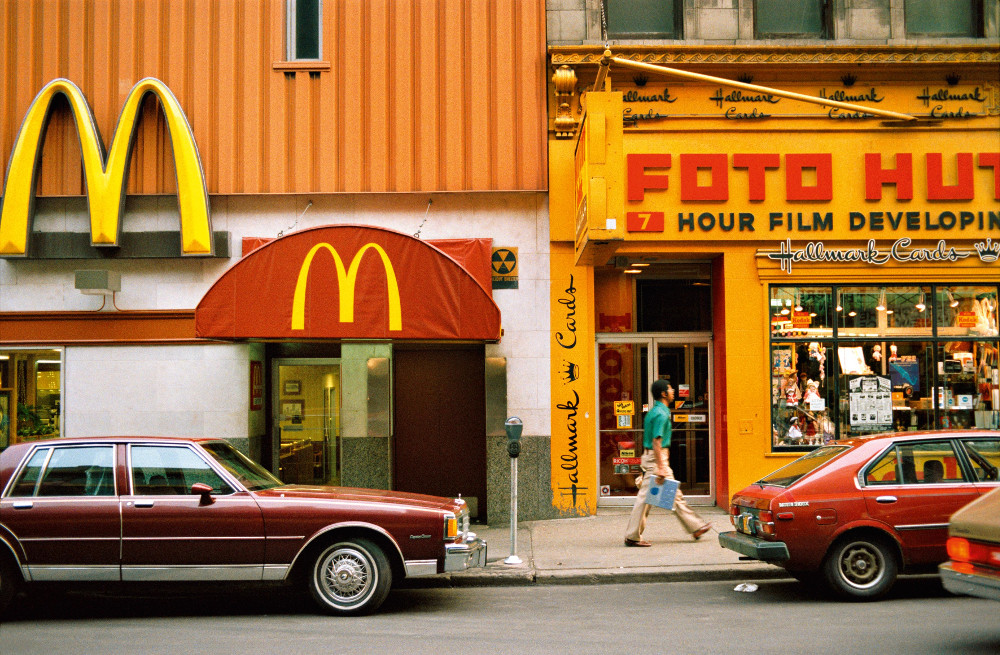
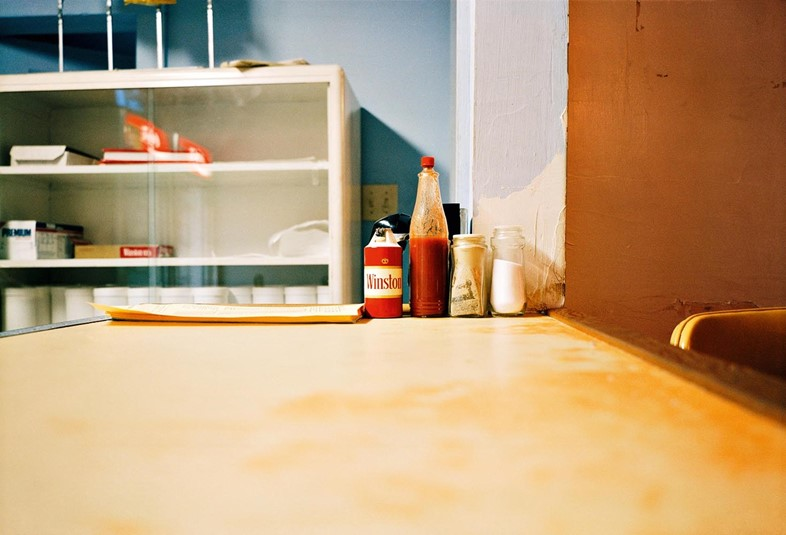


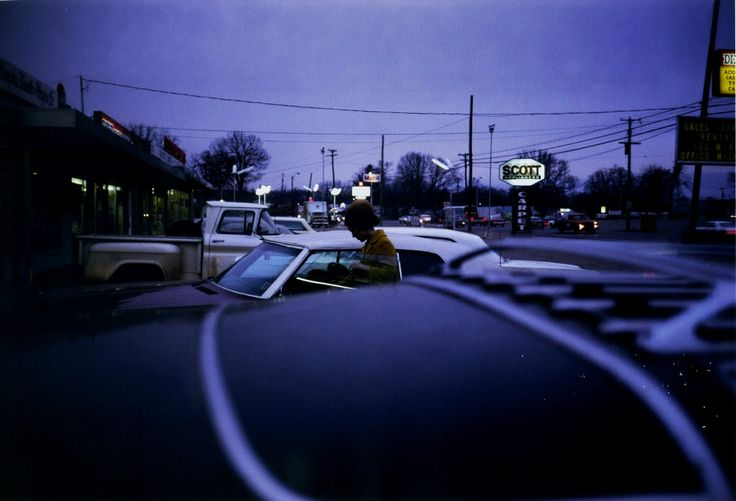
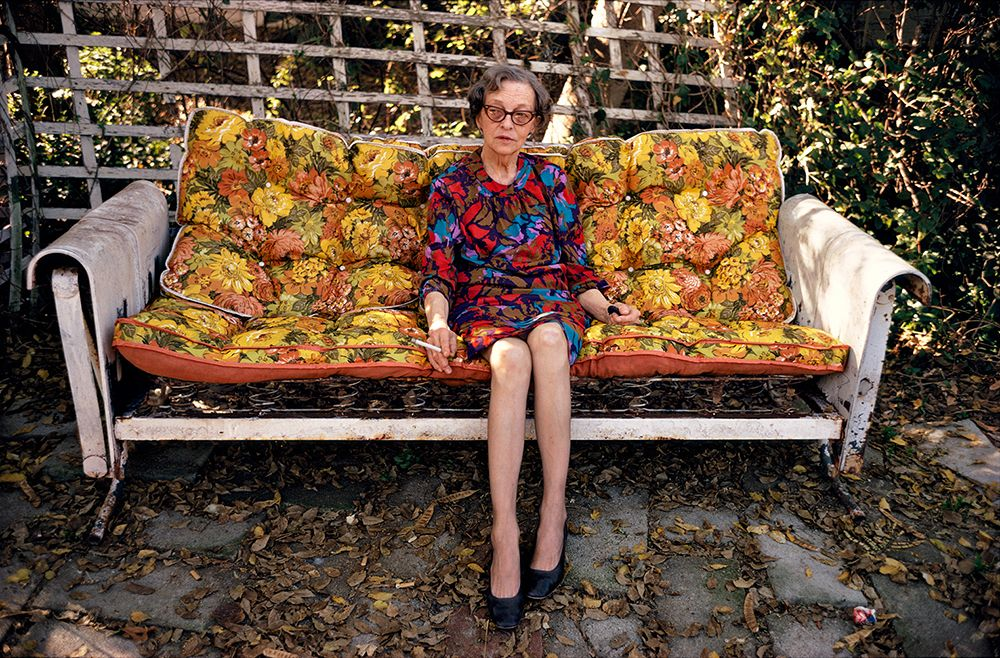

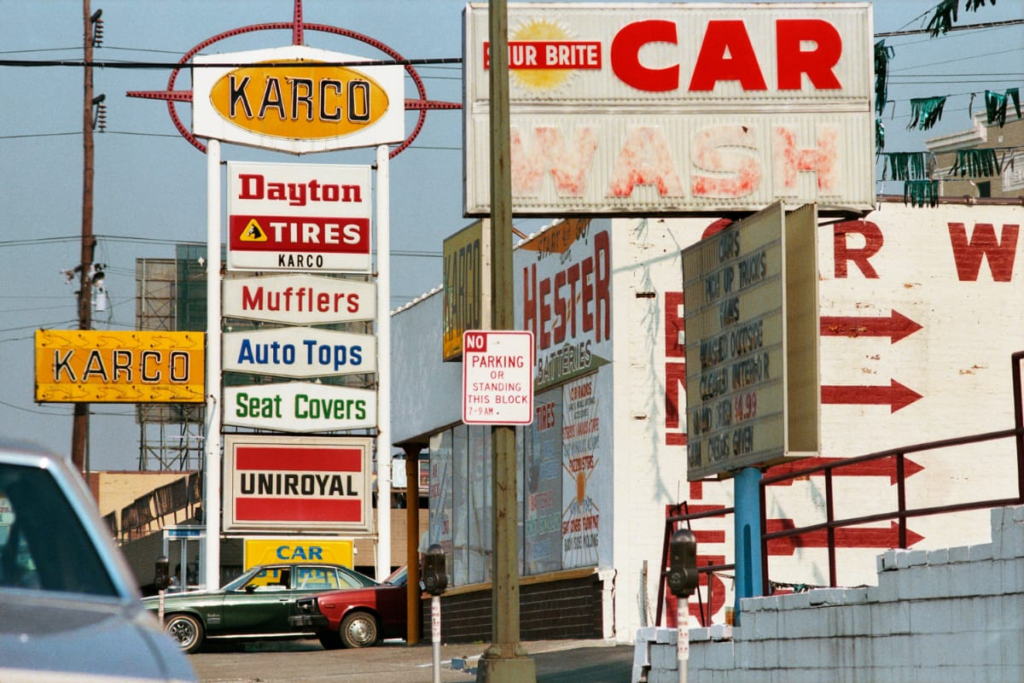
William Eggleston is an artist that takes photos based on the the theory of mirrors and windows. His work is based on windows as his photos don’t tend to be personal, it’s more an overlook on other people’s perspectives. William Eggleston used colour photographs to describe the cultural transformations in Tennessee and the rural South. He registers these changes in scenes of everyday life, such as portraits of family and friends, as well as gasoline stations, cars, and shop interiors. William shows that his photos can show both mirrors and windows as some of his images aren’t really personal, but some of his images might reflect himself, possibly taking images of close friends and family that makes the image more personal to him. Although most of his images tend to be street photographs and less likely focused on one singular person. Eggleston tends to find surroundings that he would find himself in which makes it personal but not known as some other photographers. His work tends to be in a city, meaning it could represent his childhood or something memirable to him but instead of a singular object he liked to keep his surroundings important to him. I really like how colourful his images are, it’s almost as if he adds a radiant effect to his images as they tend to stand out, they almost look retro, his images make the world look a lot brighter than it is, it’s almost as if the world is losing colour and Eccleston’s photos have all the coloured sucked into them. I really like the outcome of his images as they look very different to other artists, these photos almost look likely, they give off a happy vibe.
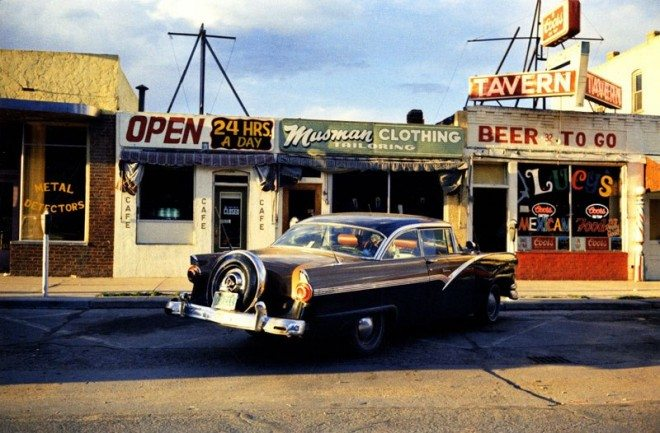
When looking through Eggleston’s work I found that all his photos were quite ordinary and didn’t have a specific theme, he mostly looked at images of quite boring but colourful sceneries, mostly just images of banal everyday life. William Eggleston wasn’t interested in photographing “decisive moments” like Cartier-Bresson nor was he interested in capturing abstruse characters or extraordinary moments. He was all about finding the beauty in the mundane. Many of his photographs have primarily warm tones in the background (like red, orange, or yellow)– yet his main interest in the photo may be of a very cold colour (blue, green, or violet) which stands out from the photo. His photos are mainly taken during golden hour or when the sky is really blue, he doesn’t tend to take pictures of the bad weather, he stays away from it. William Eggleston’s is an influential American photographer, widely regarded as one of the pioneers of colour photography as an artistic medium., his work elevated everyday scenes- such as ordinary street scenes, interiors, and mundane objects using a striking use of colour. Some key aspects of colour uses used by William Eggleston were saturated colours and vivid imagery, he would use colour to evoke mood and emphasise the beauty of the everyday. His keen eye for light and colour was enhanced by the new technology of dye-transfer printing, which allowed for greater control over colour reproduction and more vibrant final print. He also made ordinary objects have extraordinary details, for example he would take pictures of petrol stations, empty streets, family homes and interior details, and through his precise framing and use of colour, these scenes felt loaded with significance. It wasn’t just about documenting reality but finding the extraordinary in the ordinary. Some of his main themes were the democratic forest, southern landscapes, people and intimacy. His most famous one being Southern Landscapes where he highlighted themes of isolation, nostalgia and the passage of time. He would take his would be focused on the American South a place that he was intimately connected and familiar with. I would say his images from the southern landscapes would represent the theory of windows as images of suburban life, southern landscapes and ordinary people reveal a world that is simultaneously familiar and foreign, offering insights into a region’s cultural and social fabric. His work captures a specific historical and geographical moment, providing a view into a culture and lifestyle that may be distant or different from the viewer’s own. However, it could be controversial as some could say it’s seen as both a mirror and window, his images are personal yet universal, both intimate and detached. His careful attention to colour, light, and composition allows the viewers to engage with the image both on a personal level and an analytical level. His images tend to rely on their ability to be understood through both the lens of personal reflections (as mirror) and cultural exploration (as windows).
